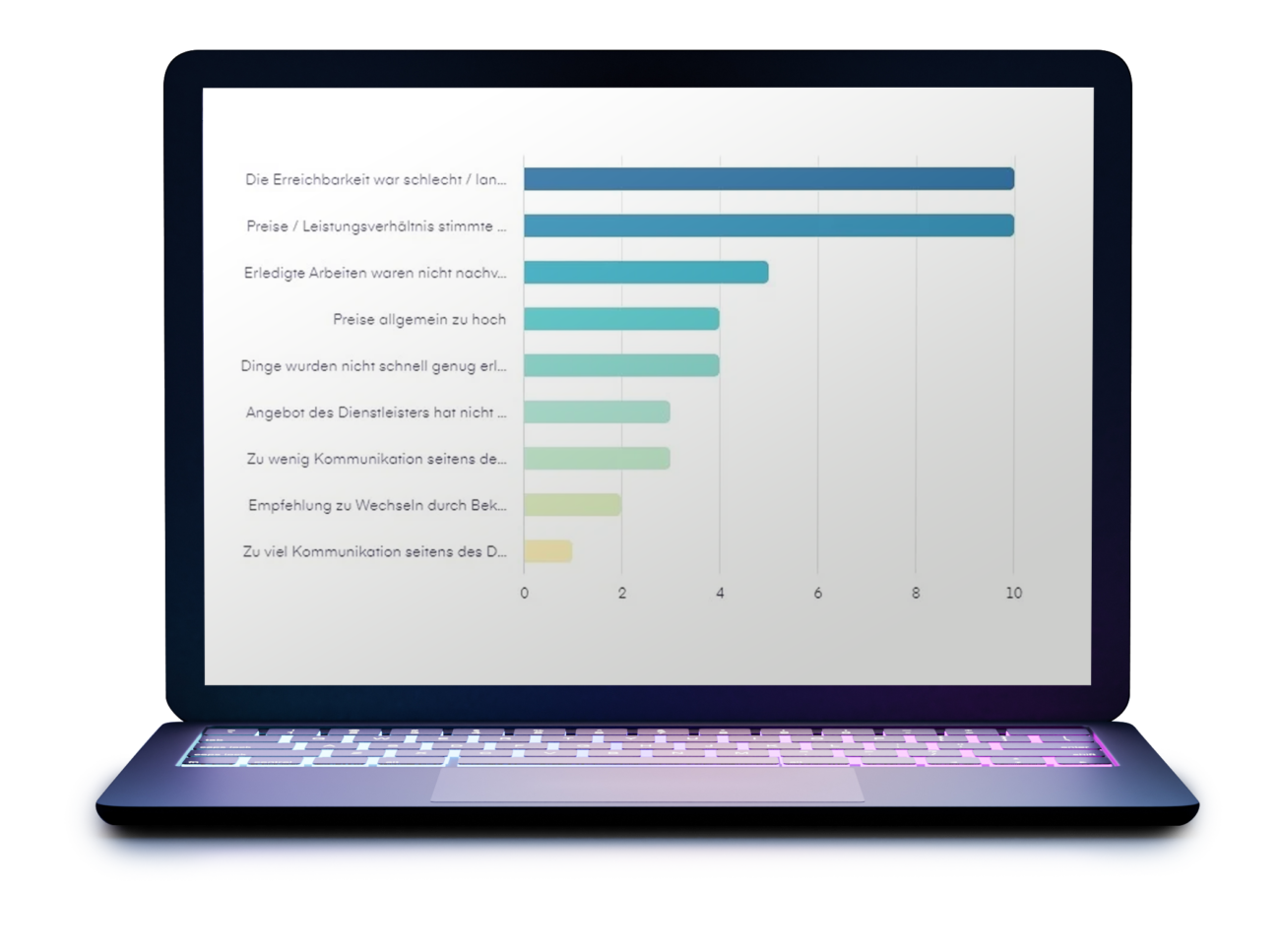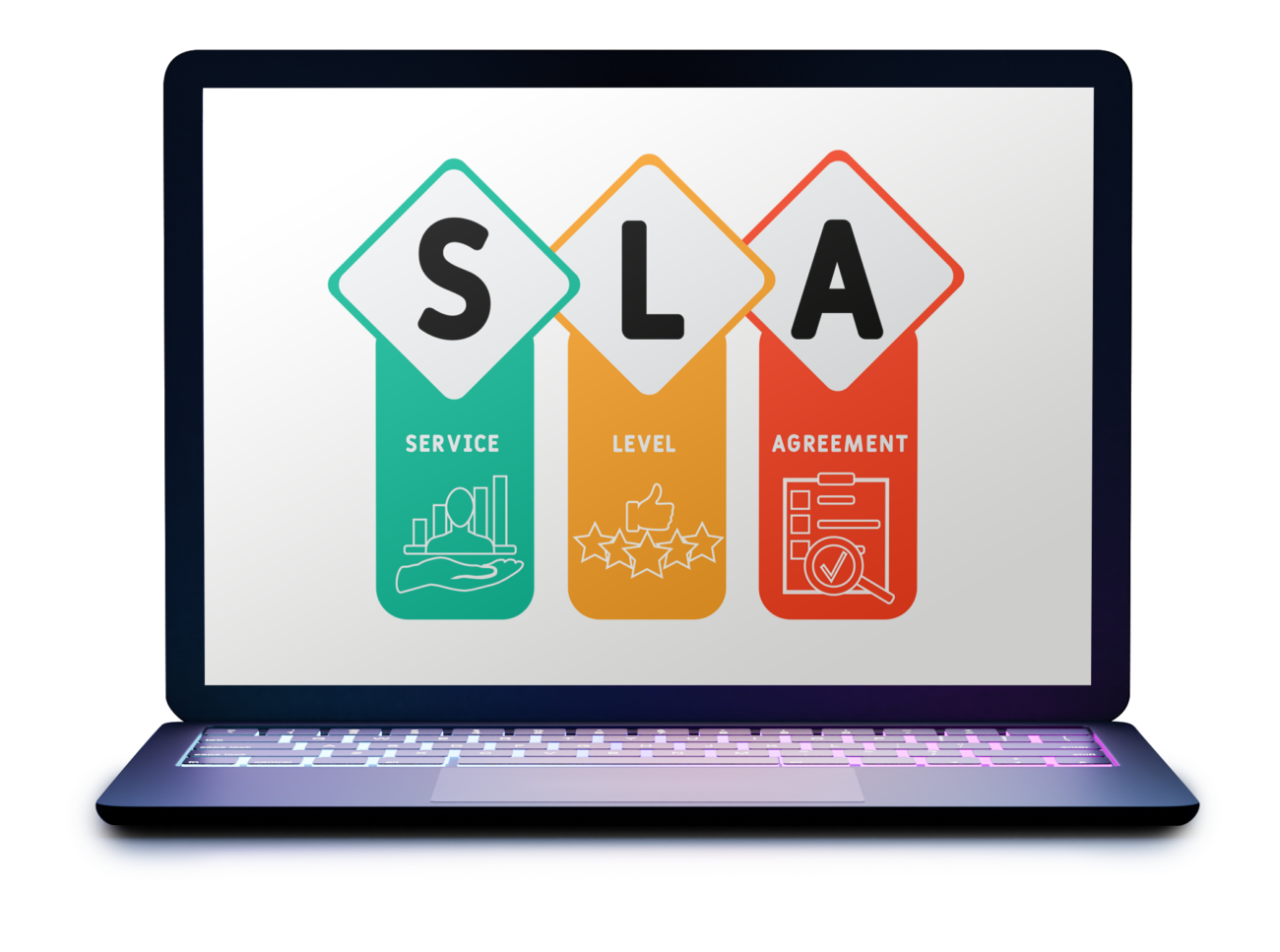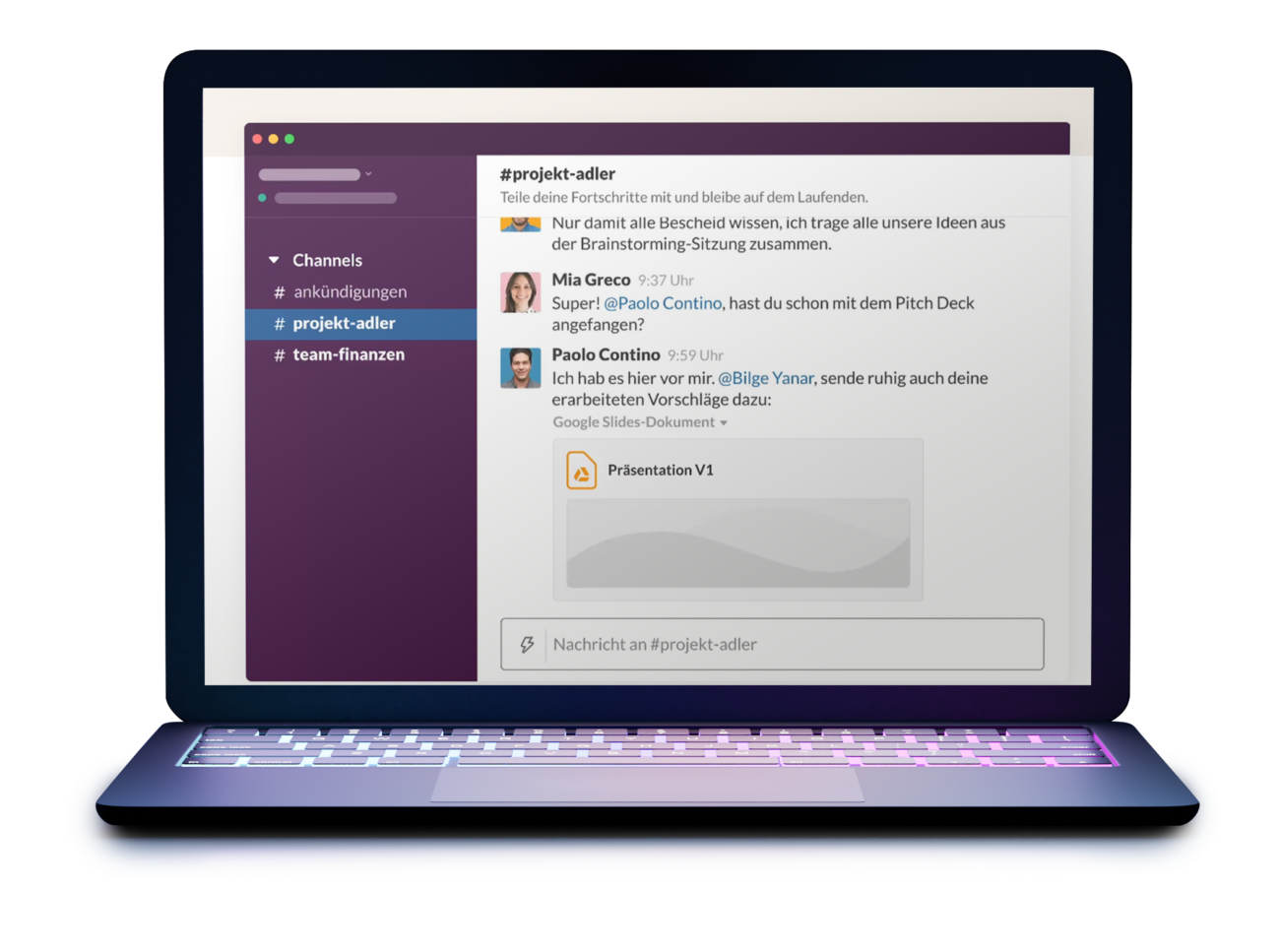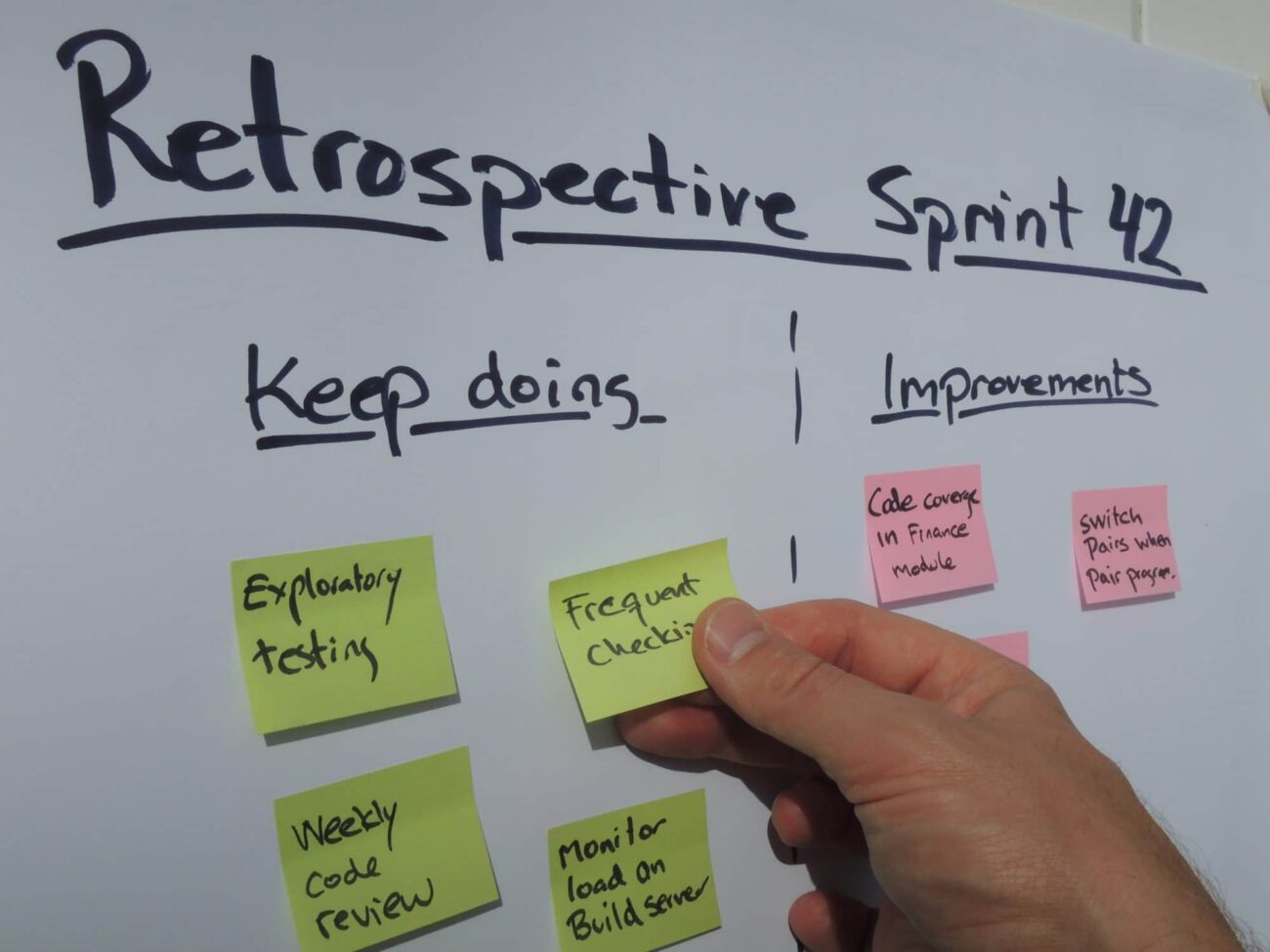You have an urgent request – your service provider does not respond. This also involves balancing the interests of both sides: As a customer, you usually have a problem that needs to be solved – the service provider would like to take care of it, but is not available at the moment. Find out what you can expect from your service provider and which communication options make everyday life easier.
Origins
From smoke signals to the Internet
Indigenous tribes of the Americas, ancient Occident and China: independently, smoke signals developed as an early form of optical telegraphy – up to 8 characters per minute are possible – this corresponds to a bit rate of 0.13 characters (bits) per second and due to the networked nature of information transmission, it is basically a predecessor of Morse, telephone and Internet.
Smoke signals have already been used to reliably transmit messages – and the transmitter/receiver problem remains here as well.
Messages that are only sent but not received and exploited are worthless.
No reaction
What are the most common reasons for a change of service provider?
We asked entrepreneurs about the most common reasons for a change of service provider:
- Poor accessibility
- Poor price/performance ratio
- Done work was not comprehensible
In addition to the price/performance ratio and the lack of transparency of the work, accessibility was one of the most common reasons for changing a service provider. In the worst cases, the service providers were unavailable for weeks.
The reasons are manifold; often freelancers are directly involved in the next project or say goodbye to the holidays for several weeks. But also tragic reasons, such as business abandonment or death, lead to the fact that the freelancer is no longer available.
For you, this now means a lot of work:
If necessary, you lack access, without which your new service provider simply cannot get started. Some of these must first be extensively researched and requested. A new service provider must first get to work on the website. Either way, a small task quickly becomes a complex change of service provider.
Therefore, always ask your new service provider for all the necessary access data, which is not only your right, but also strategically sensible. It is also helpful if the service provider can provide a replacement contact who will take over the processing in the event of an emergency. With agencies that consist of more than one person, you usually do not have such problems.
Better: Be prepared for the worst case scenario.
Clarify with your service provider what to do in the event of a change and what possible lead times or costs there are (e.B. termination times for annual contracts, etc.).
A professional service provider will give you good answers to these questions – so that you know that the worst case is taken care of and that even a separation as a normal business policy decision is always carried out professionally.
It is best to clarify in advance
Response
Ideally, a permanent contact person is available 24/7, waits all day just for your call and is immediately ready for use.
As a rule, 24/7 availability means that first level support is also available to you at night, but complex problems have to wait for the day shift in case of doubt.
More realistic is a basic availability of external staff during the day during the week – but even then, your service provider may be looking after several customers or be involved in projects.
The regular maximum reasonable response time is between 24 and 48 hours – so you know at what point you should follow up again if you haven’t received a response in the meantime.
You should already know before the start of the project at which times your service provider is generally available and how deviations are communicated.
Service Level Agreement
How realistic is real 24/7 accessibility?
At the latest, if you need general accessibility outside normal business hours or on weekends, a service level agreement should be concluded.
This agreement guarantees you response times and availability within fixed framework conditions.
However, this is usually only realistic for companies that can guarantee a 24/7 allocation of their employees and specialist personnel. Small agencies and even more so freelancers will not be able to offer 24/7 emergency support even with the best will in the world.
A service level agreement is important for critical areas, but it is also not a panacea: Some problems have to wait a few hours until the right employee is available again.
Especially with service level agreements, you should pay attention to whether you only promise basic accessibility (problem acceptance), or even a problem solution within a certain period of time.
Structures can help
Agency vs. Freelancer
Freelancers are often a bit cheaper than agencies and offer very good work in their field – the price/performance ratio is usually very good.
Agencies, on the other hand, offer structures that can make a difference in an emergency, but also in regular cooperation. Agencies offer:
- Representation regulation e.B. in case of holidays & illness
- Several specialists (larger pool of knowledge)
- Established processes
- More time capacities
The larger an agency is, the more important the project budget becomes and whether you have booked maintenance – larger structures usually require larger budgets.
We at straightvisions combine the advantages of a freelancer (agility & individual project setup) with the structural advantages of an agency.
Project completed – then what?
After the project is before the project
Especially with websites, it is important that they continue to be maintained and updated even after going online. In the same way, there may be even smaller change requests or you may still want fast response times.
Especially if your website is used as a sales channel, it is important to continue working on the expansion with your service provider – especially if marketing requirements change or SEO analyses require new optimizations.
Freelancers often jump from full-time project to full-time project – in the implementation phase you still benefited from enormously short response times – just like the follow-up customer now.
As an agency, we see the need for continuous and stable cooperation and reserve for our existing customers within the framework of maintenance contracts monthly exclusive time for the maintenance of the websites and are permanently available at short notice.
Ask your service provider for an arrangement for the time after the website creation – only in this way the value of your website is preserved and you have the certainty that your service provider remains permanently available for you.
The right tool
Communication tools comparison
Back to the beginning: You have sent your smoke signals – but when will the answer come?
We offer our customers a mix of collaboration tools, so that there is an ideal channel for every request.
Best of all, you as a customer decide which channel to use and when. We will catch your request and quickly take care of a solution.
The classic, in any discipline really good or bad. E-mails can actually do everything and none of it really well:
- The recipient decides whether to see if the message has arrived.
- You could end up in the spam directory or for other reasons your message does not arrive or reaches the wrong recipient.
- File attachments, multiple parties involved, prioritization: Email supports all this, but none of it ideal.
Phone / Video Call / Personal Meeting
In our experience, the direct conversation is always the better choice to talk about specific topics.
Concerns are usually better understood here and a solution can be worked out directly together. At the latest in case of emergencies, you want an assessment on the phone immediately and no written communication with unnecessary delays.
- Spontaneous accessibility is a matter of luck
- Scheduled calls lead to delays
- No asynchronous processing possible, participants have to block times exclusively
chat
See when someone is basically available – but don’t interrupt: We love communication via chat. Especially when we work in highly co-centric projects, a chat message is faster and less complicated to answer than a comprehensive email. In development projects and also in the context of maintenance, our customers use the Slack chat for:
- Voting questions & scheduling
- Information and approvals to us
- Updates & Info from us
- Small support requests
Communication via chat usually works very smoothly and for our customers it feels as if we are just sitting one room further.
Jira
Whether KANBAN or SCRUM: To ensure that nothing is lost, we always work internally with Jira to record all tasks of a customer and to keep the status transparent within the team.
On request, our customers get access to our project management, are trained by us in the operation and thus have the opportunity to follow and influence the implementation progress virtually live.
result
Each communication channel has its own strengths and weaknesses – all parties involved decide which channels are most conducive to project success.
Our customers value very good accessibility – and that an emergency contact or 24/7 support is simply not necessary.
The wide range of communication channels noticeably improves project communication and thus project success. Especially the chat for simple inquiries and Jira for complex problems are real success drivers in cooperation.






